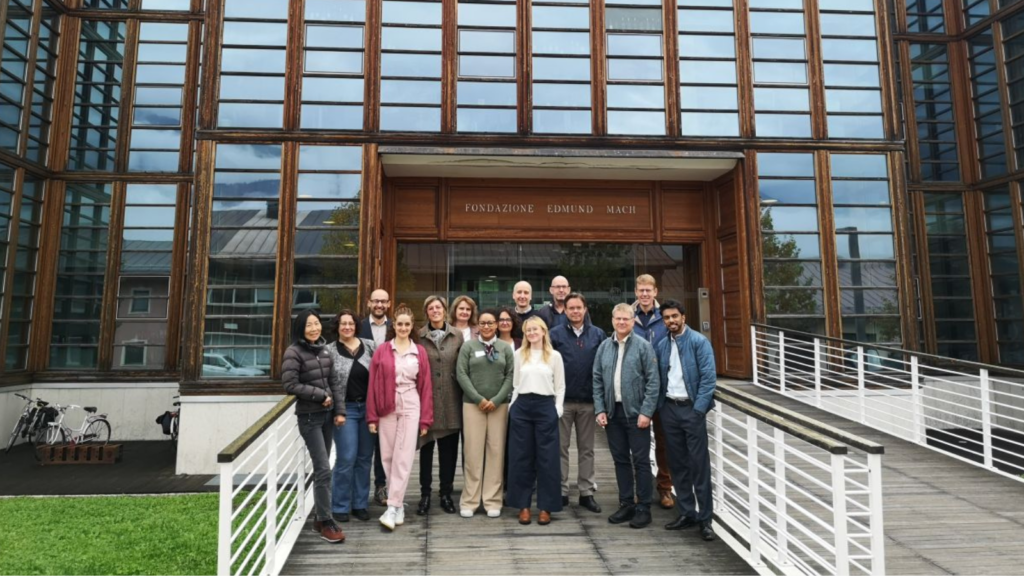Policy brief 1
This first policy brief, published by the BRYOMOLECULES project in August 2025, focuses on the policy implications directly related to the project’s implementation and expected outcomes. It summarises the main findings on biotechnology-based metabolic engineering processes for the production of added-value secondary metabolites and their relevance to biodiversity conservation, industrial sustainability, circular economy integration, societal acceptance, and regulatory clarity.
Main findings on policy implications
Biodiversity conservation vs sustainable use
BRYOMOLECULES develops biotechnological production platforms that provide a sustainable supply of BACs without depleting natural populations.
Policy implications: Integrate bryophytes into EU biodiversity frameworks and strike a balance between conservation and sustainable exploitation.
European industrial sustainability and autonomy
The project shows that local bio-based pathways can reduce dependence on fossil-derived reagents.
Policy implications: support R&D, funding for BAC discovery, public procurement, and quality standards for axenic cultures.
Circular economy and biotechnology integration
BRYOMOLECULES replaces chemical synthesis with eco-friendly biological production.
Policy implications: fund pilot-scale BAC production, promote open-access bryophyte databases, and support innovation.
Societal acceptance and consumer awareness
Transparent communication and outreach build public trust.
Policy implications: science-informed communication, eco-labelling, and certification schemes for bio-based products.
Regulatory clarity
Clear frameworks are necessary for access, GMO regulations, and the approval of novel metabolites.
Policy implications: Comparative studies to support regulatory approaches that favour sustainable bio-based innovation.
Bryophytes are an often-overlooked resource that can significantly contribute to transforming Europe’s biodiversity and circular bioeconomy goals. BRYOMOLECULES demonstrates how scientific innovation can unlock this potential while safeguarding ecosystems and reducing reliance on fossil-derived chemicals. Policy action will be key to integrating bryophytes into biodiversity and industrial frameworks, ensuring regulatory clarity, and providing incentives for sustainable innovation, strengthening Europe’s resilience and competitiveness.
Authors: Stefania Vitale
Authors: Stefania Vitale (ESF)
Contributions: Stefan Martens, Ilaria Carafa, Camila Castillo, Aleksander Salwinski

